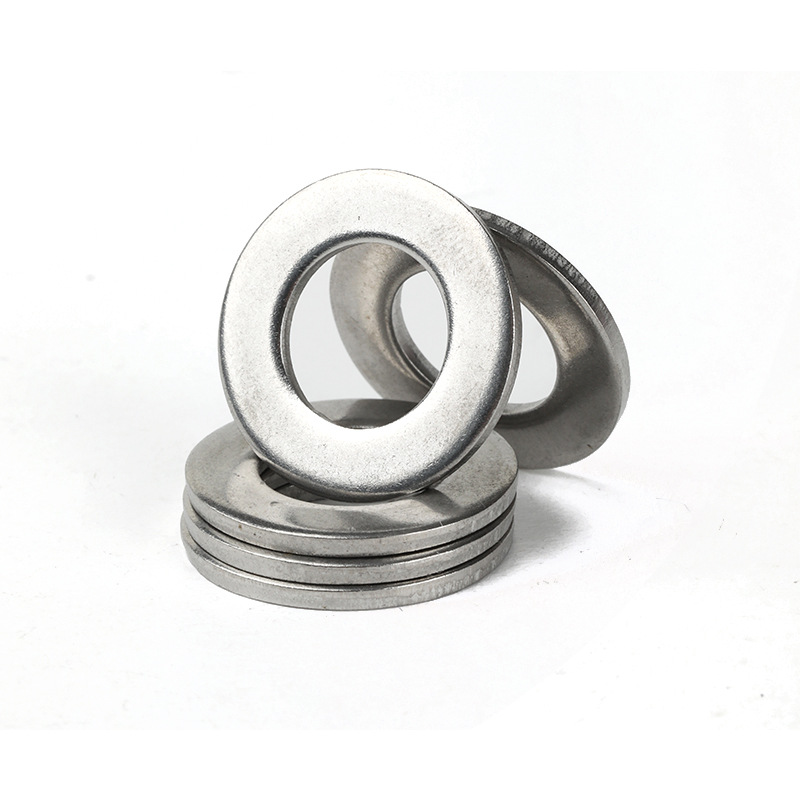

m3 flange nut
Sep . 04, 2024 08:05 Back to list
m3 flange nut
Understanding M3 Flange Nuts Essential Components in Fastening Technology
Flange nuts play a crucial role in various mechanical connections and structural applications. Among the many sizes available, the M3 flange nut stands out for its versatility and practicality in numerous assemblies, particularly in electronics, automotive, and machinery. In this article, we will delve into the characteristics, applications, and benefits of using M3 flange nuts.
What is an M3 Flange Nut?
An M3 flange nut is a type of hexagonal nut with an integrated flange at the base. The M indicates that it is a metric thread, with 3 representing a nominal diameter of 3 millimeters. The flange serves to distribute the load over a larger area when the nut is tightened, reducing the likelihood of damage to the surface material of the component being fastened. Flange nuts come in various materials, most commonly made from steel, stainless steel, or brass, making them suitable for a range of environments and applications.
Key Features
1. Load Distribution The flange design allows for better load distribution than standard nuts. This is particularly useful in soft or fragile materials, where a standard nut might cause stress concentration and lead to deformation or damage.
2. Anti-Rotational Design Many M3 flange nuts come with serrated edges or teeth that grip the surface of the component, preventing the nut from loosening due to vibrations. This feature is especially advantageous in automotive and machinery applications, where consistent performance is critical.
3. Compact Size With a nominal diameter of only 3 mm, M3 flange nuts are compact and lightweight, making them ideal for applications where space and weight are critical considerations.
4. Material Options M3 flange nuts can be made from a variety of materials to suit different environments. For instance, stainless steel provides excellent corrosion resistance, while brass offers good conductivity, making it suitable for electronic components.
Applications
m3 flange nut

M3 flange nuts are widely used in various industries, including
- Electronics In the assembly of electronic devices, M3 flange nuts secure components to circuit boards and enclosures, providing a stable connection without damaging sensitive parts. - Automotive These nuts are utilized in vehicle assemblies, holding together various parts like engines, transmissions, and body panels. Their ability to withstand vibrations makes them highly suitable for automotive applications.
- Machinery and Equipment M3 flange nuts are commonly found in industrial machinery, where they secure moving parts and assemblies, ensuring operational stability and safety.
Advantages of M3 Flange Nuts
1. Enhanced Performance The design and functionality of M3 flange nuts contribute to the enhanced performance of assemblies by minimizing the risk of loosening under vibration and impact.
2. Ease of Installation The integrated flange allows for simpler installation, as the nut can be tightened without the need for additional washers, saving time and materials.
3. Versatility The broad range of applications—from electronics to vehicles—demonstrates the versatility of M3 flange nuts, making them a vital component in many engineering fields.
Conclusion
In summary, M3 flange nuts are essential fastening components that provide enhanced load-bearing capabilities and stability in a compact design. Their unique features, such as load distribution, anti-rotational designs, and options in various materials, make them ideal for a wide array of applications. As industries continue to evolve and demand more efficient components, the M3 flange nut will undoubtedly remain a key player in fastening technology.
Latest news
-
High-Strength Hot Dip Galvanized Bolts - Hebei Longze | Corrosion Resistance, Customization
NewsJul.30,2025
-
Hot Dip Galvanized Bolts-Hebei Longze|Corrosion Resistance&High Strength
NewsJul.30,2025
-
High-Strength Hot-Dip Galvanized Bolts-Hebei Longze|Corrosion Resistance&High Strength
NewsJul.30,2025
-
Hot Dip Galvanized Bolts-Hebei Longze|Corrosion Resistance&High Strength
NewsJul.30,2025
-
Hot Dip Galvanized Bolts - Hebei Longze | Corrosion Resistance, High Strength
NewsJul.30,2025
-
High-Strength Hot Dip Galvanized Bolts-Hebei Longze|Corrosion Resistance, Grade 8.8
NewsJul.30,2025

